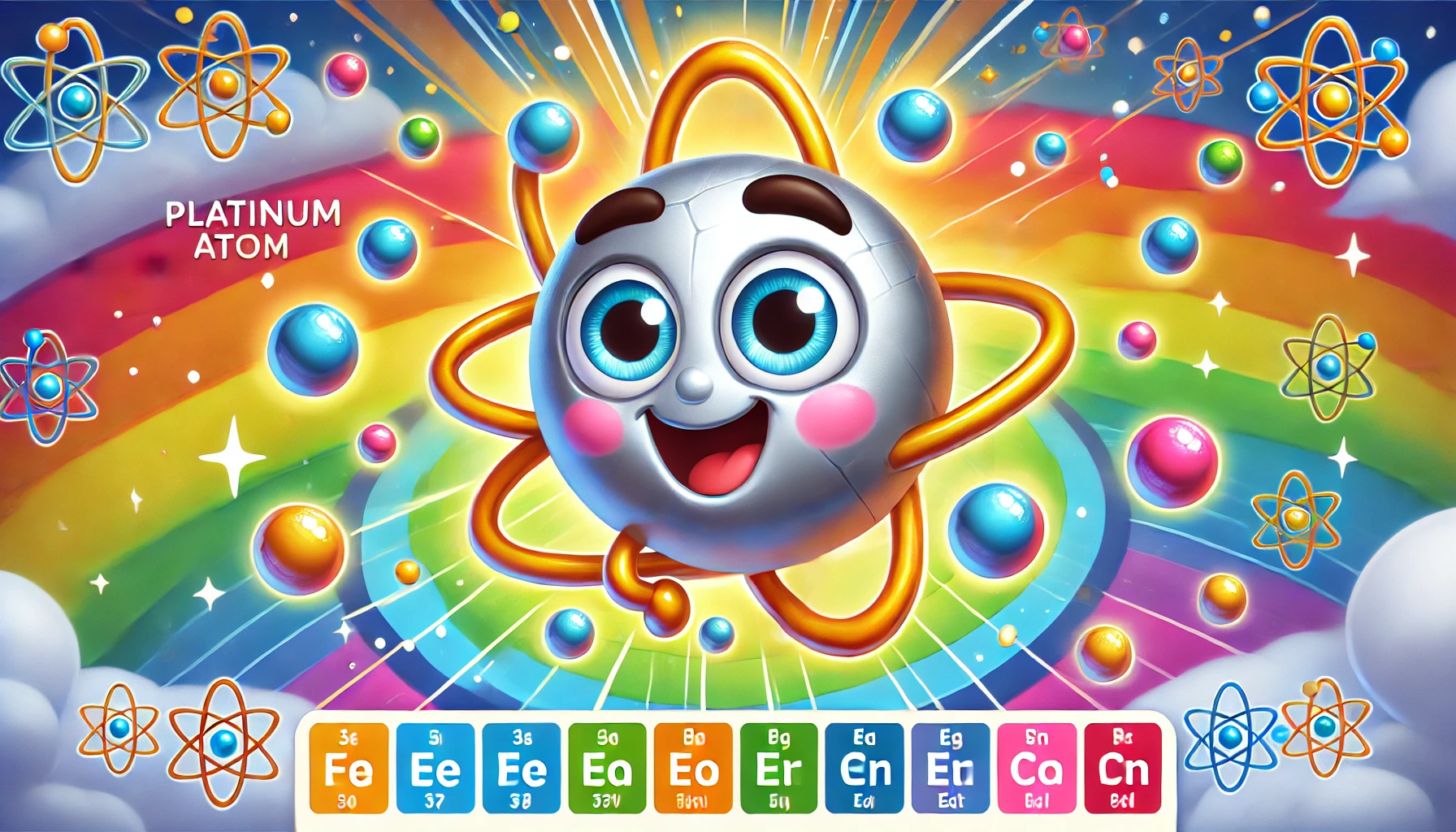Understanding Platinum: Properties, Uses, Health Risks, and Fascinating Facts
Understanding Platinum: Properties, Uses, Health Risks, and Fascinating Facts
Table of Contents
- Introduction to Platinum
- Properties of Platinum
- Uses of Platinum
- Health Risks of Platinum Exposure
- Interesting Facts about Platinum
- Environmental Impact of Platinum
- Conclusion
- References
Understanding Platinum: Properties, Uses, Health Risks, and Fascinating Facts
Introduction to Platinum Platinum is a chemical element with the symbol Pt and atomic number 78. Known for its remarkable resistance to corrosion and tarnish, platinum is a valuable precious metal widely used in various industrial and technological applications. This article explores the properties, uses, health risks, and interesting facts associated with platinum, providing a comprehensive understanding of this precious metal.
Properties of Platinum Platinum is characterized by several distinct physical and chemical properties.
Physical Properties
- Appearance: Platinum is a dense, malleable, ductile metal with a silvery-white appearance.
- Density: The density of platinum is 21.45 g/cm³.
- Melting Point: Platinum has a high melting point of 1,768°C (3,214°F).
- Boiling Point: The boiling point of platinum is 3,825°C (6,917°F).
Chemical Properties
- Reactivity: Platinum is highly resistant to corrosion and oxidation, making it an ideal metal for various industrial applications.
- Compounds: Platinum forms various compounds, such as platinum chloride (PtCl₂), platinum tetrachloride (PtCl₄), and platinum dioxide (PtO₂).
Uses of Platinum Platinum has numerous applications across different industries due to its unique properties.
Automotive Industry
- Catalytic Converters: Platinum is widely used in catalytic converters in automobiles to reduce harmful emissions by converting toxic gases into less harmful substances.
Jewelry
- Platinum Jewelry: Platinum is highly valued in the jewelry industry for its luster, durability, and resistance to tarnish. It is often used in engagement rings, wedding bands, and other fine jewelry.
Electronics
- Electronics Manufacturing: Platinum is used in the production of electronic components, such as hard disk drives, thermocouples, and electrical contacts due to its excellent conductivity and stability.
Medical Applications
- Medical Devices: Platinum is used in various medical devices and implants, including pacemakers, stents, and dental alloys, due to its biocompatibility and resistance to corrosion.
- Cancer Treatment: Platinum-based drugs, such as cisplatin and carboplatin, are used in chemotherapy to treat various types of cancer.
Chemical Industry
- Catalysts: Platinum is used as a catalyst in the chemical industry for processes such as petroleum refining, hydrogen production, and the manufacture of nitric acid and silicone.
Health Risks of Platinum Exposure While platinum is generally considered to have low toxicity, exposure to platinum compounds and dust can pose health risks.
Inhalation and Ingestion
- Respiratory Issues: Inhalation of platinum dust or fumes can cause respiratory irritation, coughing, and shortness of breath.
- Gastrointestinal Issues: Ingestion of platinum compounds can cause gastrointestinal distress, including nausea, vomiting, and abdominal pain.
Skin and Eye Contact
- Skin Irritation: Direct contact with platinum compounds can cause skin irritation and dermatitis.
- Eye Irritation: Exposure to platinum dust or solutions can cause eye irritation and potential damage.
Chronic Exposure
- Allergic Reactions: Prolonged exposure to platinum compounds can lead to allergic reactions, including skin rashes and respiratory issues.
- Organ Effects: High levels of exposure may affect the liver, kidneys, and other organs.
Interesting Facts about Platinum Platinum has several intriguing aspects that make it an interesting element.
Discovery
- Discovered in 1735: Platinum was discovered by Spanish scientist Antonio de Ulloa in 1735 during an expedition to South America.
Unique Properties
- Rarity: Platinum is one of the rarest elements in the Earth’s crust, contributing to its high value and demand.
- Noble Metal: Platinum is classified as a noble metal due to its resistance to corrosion and oxidation, similar to gold and silver.
Isotopes
- Stable Isotopes: Platinum has six naturally occurring stable isotopes, with platinum-195 being the most abundant.
- Radioactive Isotopes: Several radioactive isotopes of platinum are known, including platinum-190, which is used in scientific research.
Environmental Impact of Platinum Platinum is not known to have significant environmental impacts, but its extraction and use should still be managed responsibly.
Natural Occurrence
- Abundance: Platinum is relatively rare in the Earth’s crust and is typically found in mineral deposits with other platinum group metals.
- Mining: Extraction of platinum must be done carefully to avoid environmental contamination and ensure sustainable practices.
Industrial Waste
- Waste Management: Proper disposal of platinum-containing industrial waste is crucial to prevent environmental contamination.
Conclusion Understanding platinum, its properties, uses, health risks, and interesting facts provides valuable insight into this precious metal. While platinum has several important applications, particularly in the automotive, jewelry, and medical industries, appropriate safety measures should be taken when handling platinum compounds. Its applications in electronics, catalysis, and cancer treatment highlight its importance in modern technology and industry.

<ⓒ WizardMedics (wizardmedics.com)>






